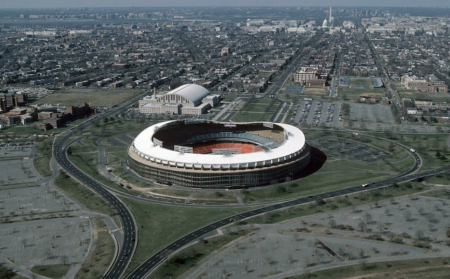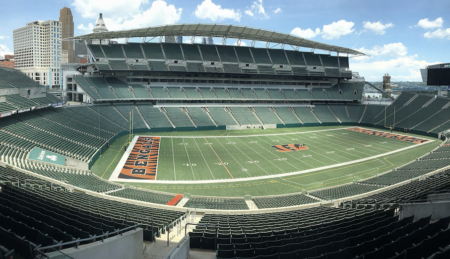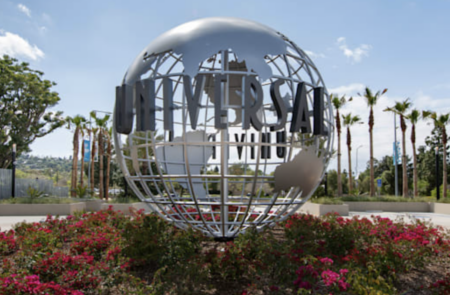Advanced technology to be used at Tokyo’s new National Stadium – the main venue for the 2020 Olympic and Paralympic Games – may be exported as a package to emerging economies hosting major events.
Japan Sport Council, which is developing the stadium alongside the Japanese government and major companies such as Toyota, believes that the facial recognition and 3D projection systems, safety and comfort innovations and hospitality technologies being deployed at the venue could be used at the 2016 Olympic Games in Rio de Janeiro in Brazil and the 2022 FIFA World Cup in Qatar.
A study panel chaired by former prime minister Yoshiro Mori, head of the organizing committee of the 2020 Tokyo Games, has been set up to present these high-tech functions to the international market.
The new National stadium will accommodate 80,000 spectators, more than any other stadium in the country. With its retractable roof, it is expected to be used not only for sporting events, but also for concerts and other events as an all-weather venue.
Images captured by multiple high-performance cameras installed at the stadium will be sent to monitors at spectators’ seats and wearable terminals in the form of glasses, which will enable spectators to enjoy the events at the same eye level as athletes and coaches, as well as enjoying a bird’s-eye view.
A telecommunication system will make it possible for spectators to operate terminal equipment at the same time, thus permitting them to order food and drinks during the events without leaving their seats, and search for available restrooms.
Also, a ticketless entrance system with facial recognition is also planned as a countermeasure against terrorism. For foreign visitors, digital electronic signage boards that display information in various languages are being developed.
An Japan Sport Council official said: “Stadia that offer comfort even in a severe environment and take counterterrorism measures would be in high demand in Asia and the Middle East. We also will promote [high-tech stadiums] to the USA and Europe, where stadia require reconstruction.”




